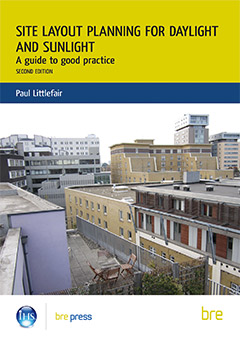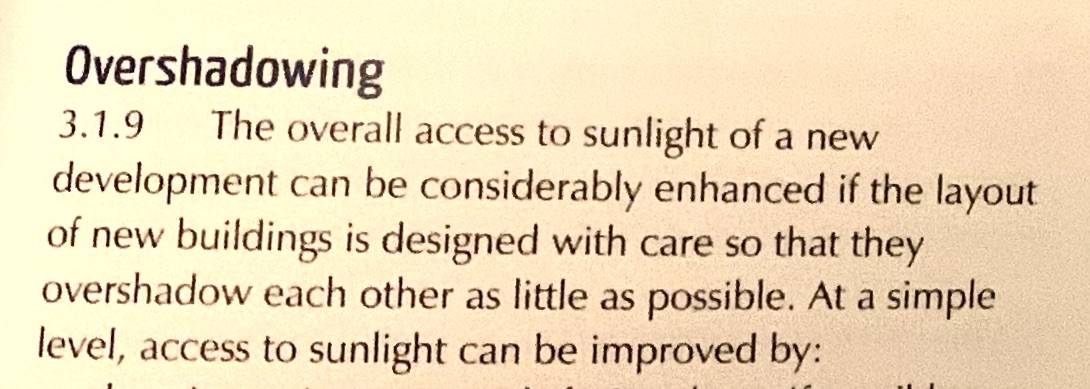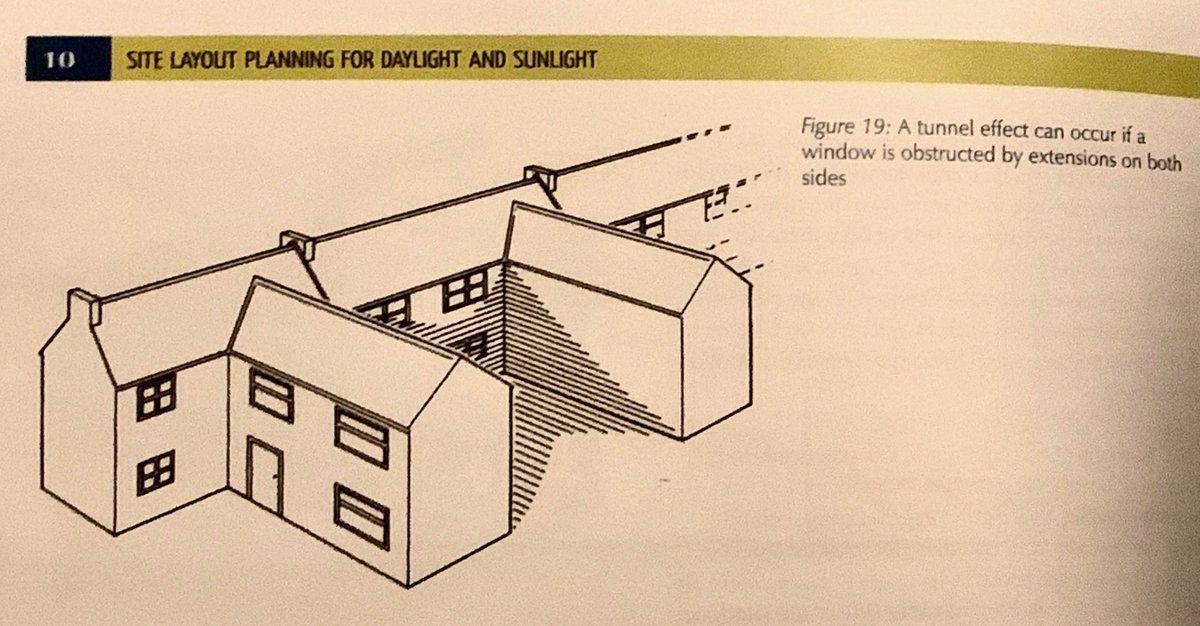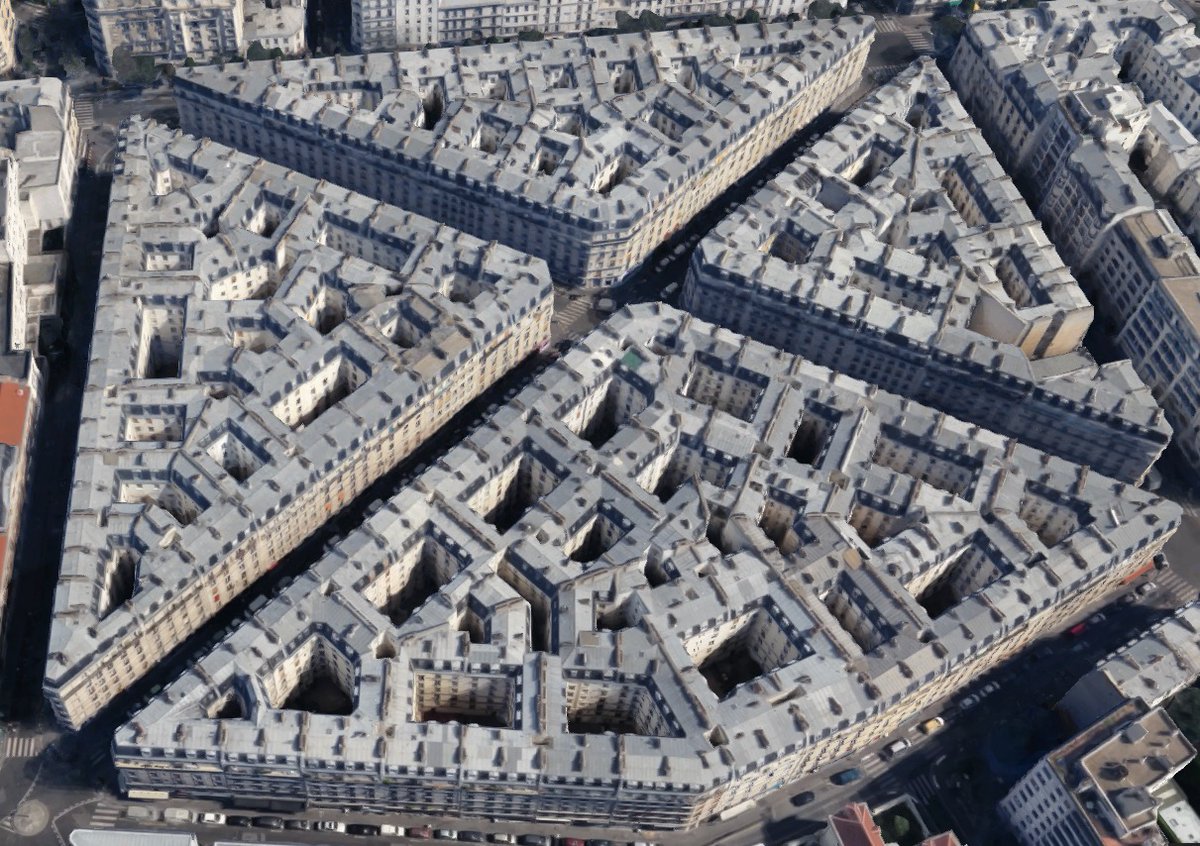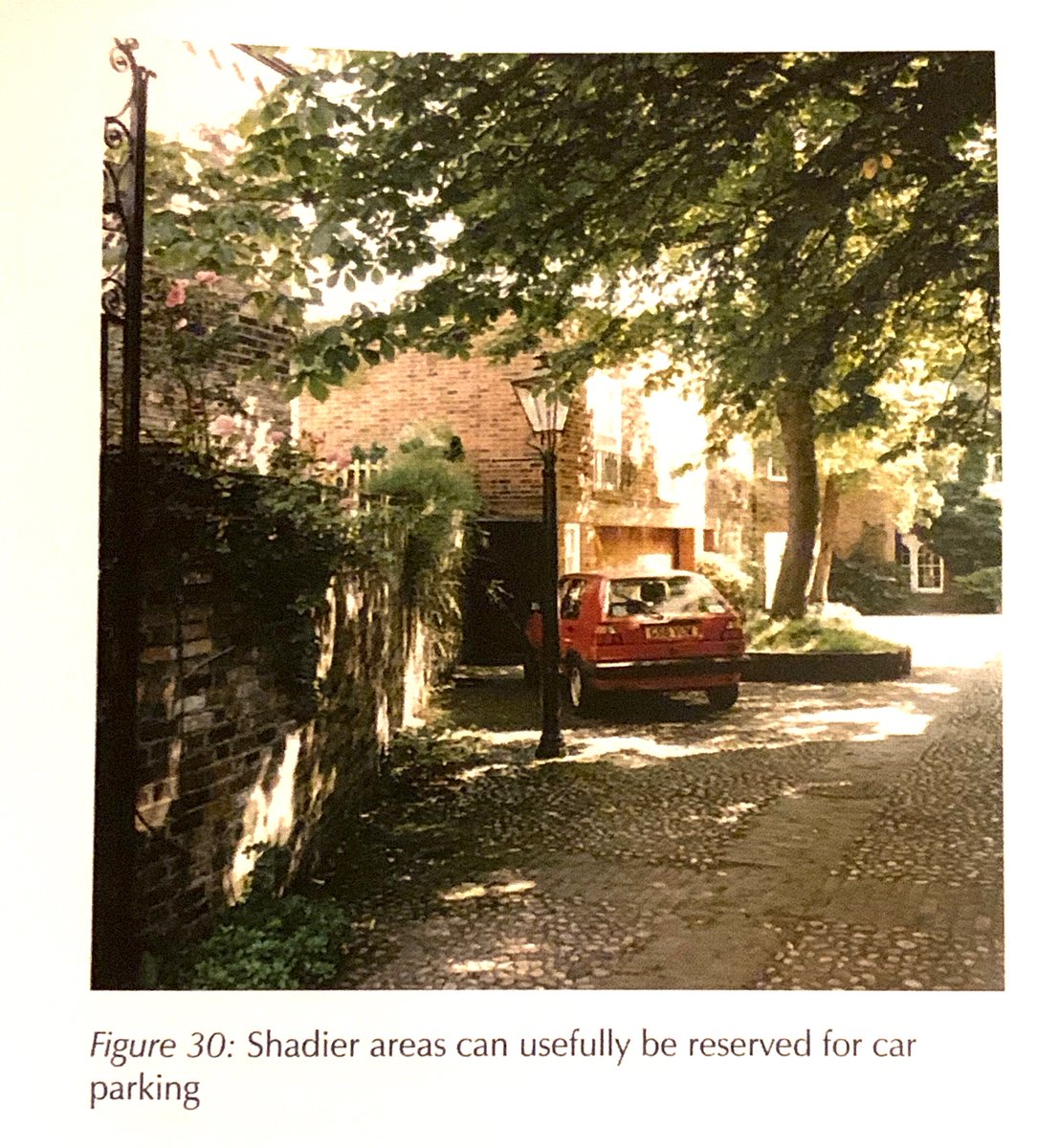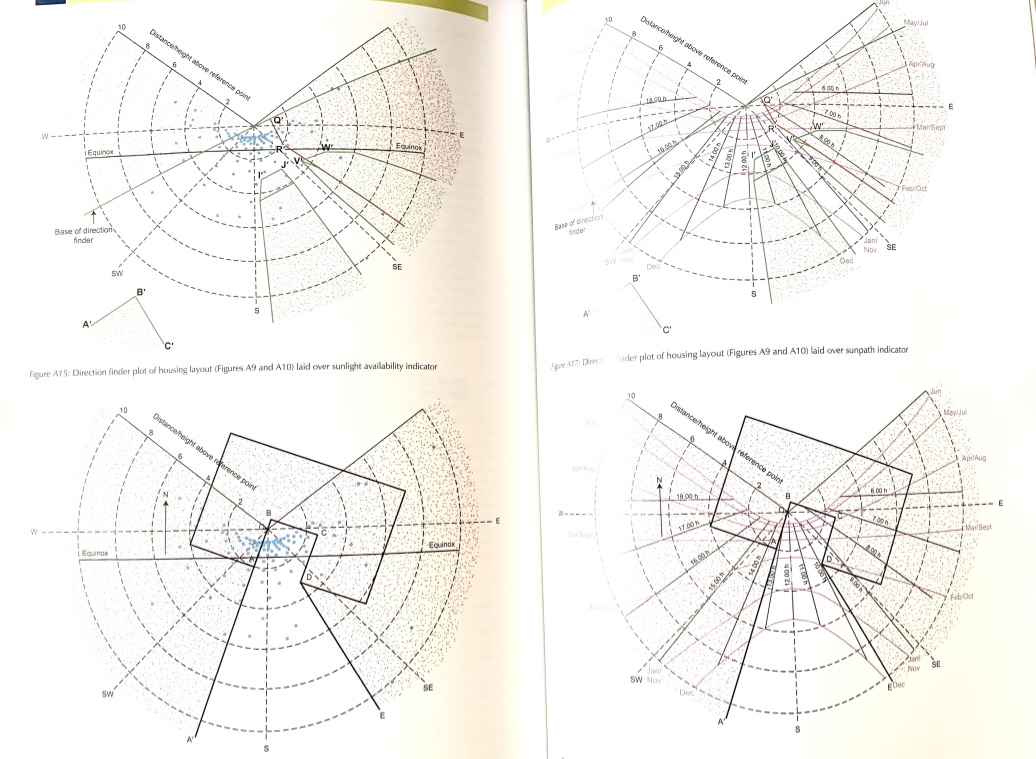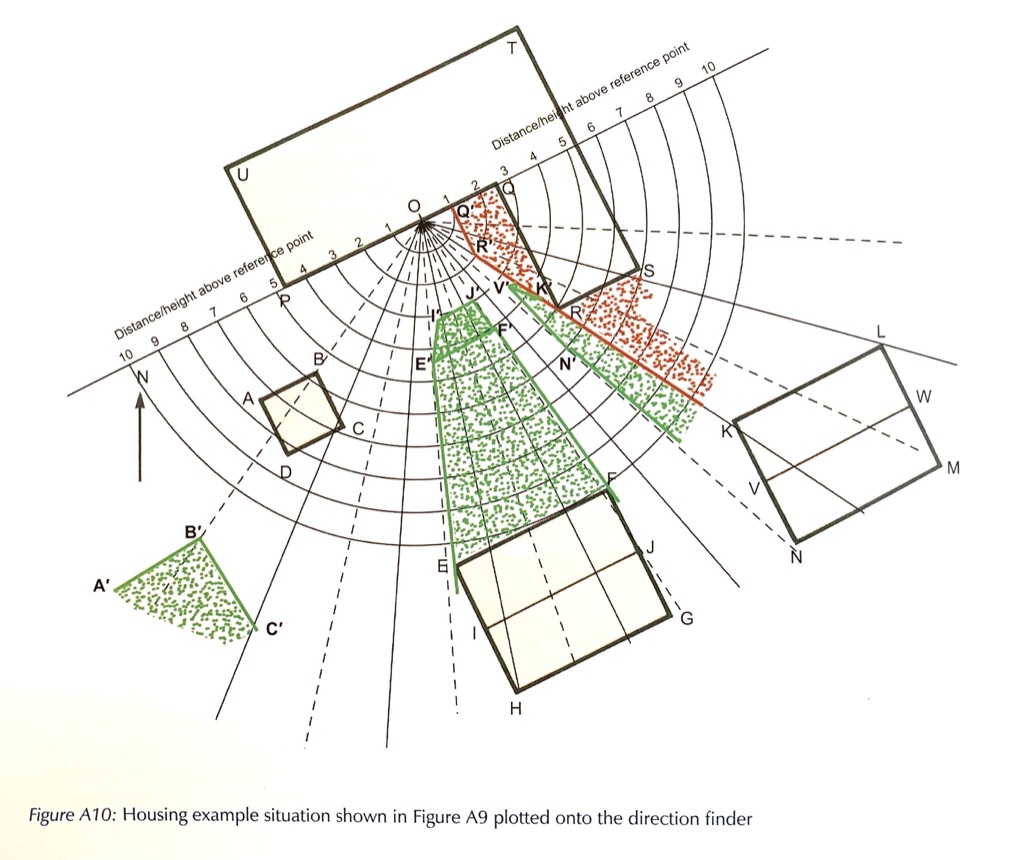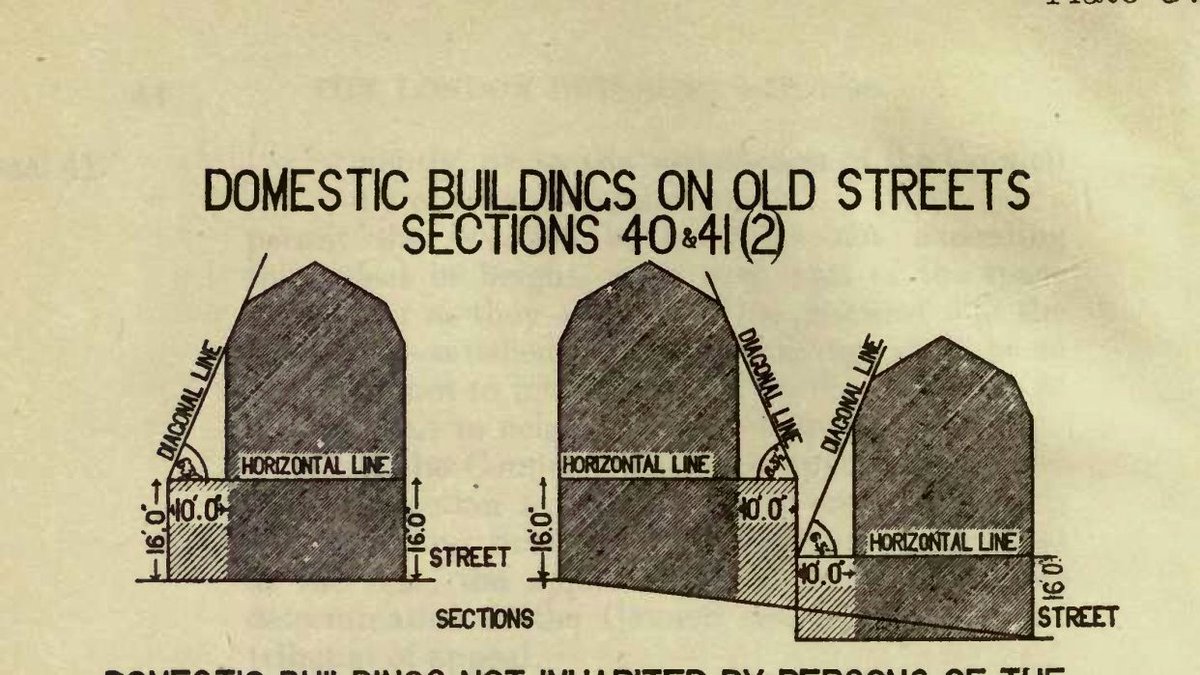Unknown to most people, many councils have outsourced part of their rules on what can be built to a little-known, secret set of rules not available on the internet. We got hold of a copy (which costs nearly £60) and it’s often almost a parody of bad urbanism... 1/
Let’s start with the cover. Presumably the only photo they had in the office on the day they went to print. Is this what they’re recommending, or what you should try to avoid? 2/
Should rules governing people’s lives really be set out in a private book that you can’t read for free? Is that part of the reason why it’s so out of date? 3/
Here’s the BRE guidance on what NOT to do, and here’s the notorious hell-hole of <checks notes> central Paris. 5/
And then there’s this. Sorry but if you have a nice quiet spot, the best thing to do is not stick cars in it. 6/
It all feels like a message from the 1970s. @BRE_Group is normally excellent so we can only hope an update is coming soon... 7/
We’re not saying there’s anything improper, but there’s clearly an unfortunate conflict when the body responsible for writing rules this complicated also charges for consulting services to apply them. https://www.bregroup.com/services/testing/indoor-environment-testing/natural-light/ 8/
Especially when many of our most-loved places were built with rules as simple as these
https://archive.org/details/londonbuildingac00fletrich 9/
https://archive.org/details/londonbuildingac00fletrich 9/
But part of the problem is that people do get upset about new overshadowing affecting their home. That’s why we’re pushing for community involvement at small scales so people can work out what suits their area and agree on designs that share the benefits with everyone. /ends

 Read on Twitter
Read on Twitter